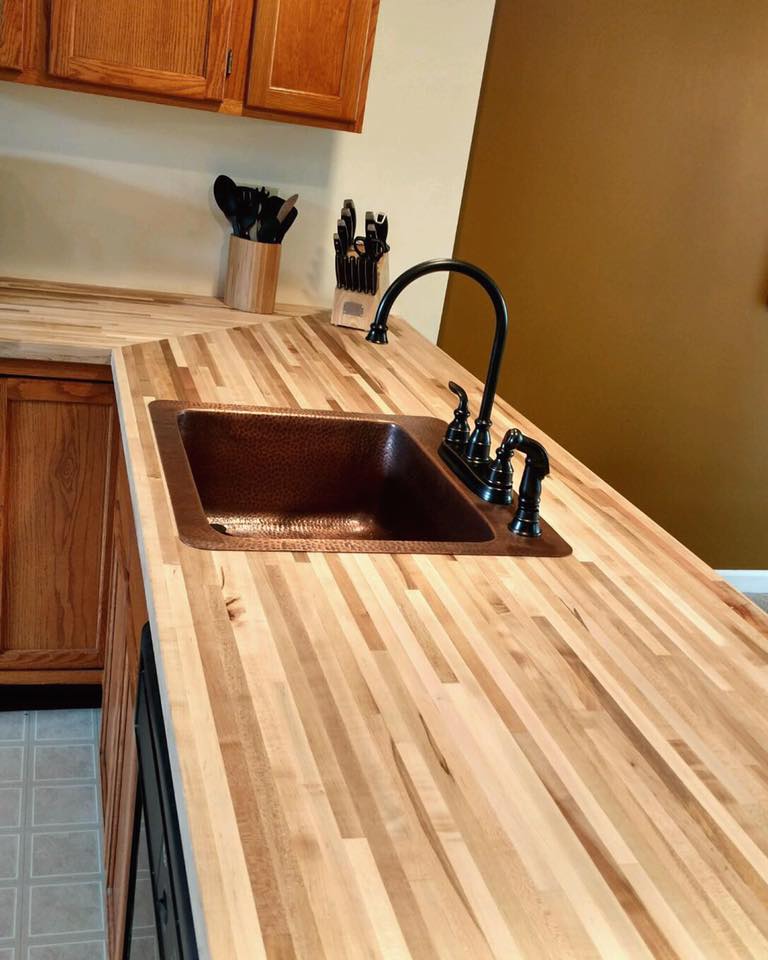 Butcher block surfaces are a fun and easy way to add a touch of beautiful wood color and uniqueness to any kitchen. One of the most common ways to introduce butcher block into your kitchen is through a butcher block cutting board! While this particular blog will focus primarily on how to maintain a butcher block cutting board, these tips can be used for any butcher block surface. Not only are butcher block cutting boards more aesthetically attractive than plastic, they are actually more durable and kill bacteria. Bacteria tends to stay in plastic cutting boards while wood cutting boards contain naturally-occurring antimicrobial substances. Studies have proven wood grain cutting boards outperform plastic ones when it comes to common food bacteria such as Salmonella, Listeria, and E. Coli. Additionally, butcher block is a great way to preserve the integrity of your cutting knives because it will not dull them like other cutting boards.
Butcher block surfaces are a fun and easy way to add a touch of beautiful wood color and uniqueness to any kitchen. One of the most common ways to introduce butcher block into your kitchen is through a butcher block cutting board! While this particular blog will focus primarily on how to maintain a butcher block cutting board, these tips can be used for any butcher block surface. Not only are butcher block cutting boards more aesthetically attractive than plastic, they are actually more durable and kill bacteria. Bacteria tends to stay in plastic cutting boards while wood cutting boards contain naturally-occurring antimicrobial substances. Studies have proven wood grain cutting boards outperform plastic ones when it comes to common food bacteria such as Salmonella, Listeria, and E. Coli. Additionally, butcher block is a great way to preserve the integrity of your cutting knives because it will not dull them like other cutting boards.
However, after a few months of use you may notice your butcher block doesn’t quite have that same vibrancy it had when you first fell in love with it. Remember that your butcher block was once a living thing; it can react in various ways to extreme heat or cold so take special care when storing and cleaning! As with any quality wood product, your butcher block needs to be handled with care and regularly maintained. But don’t worry! Caring for and restoring your butcher block is easy when you use these tips and tricks from Orrin Macik featured below.
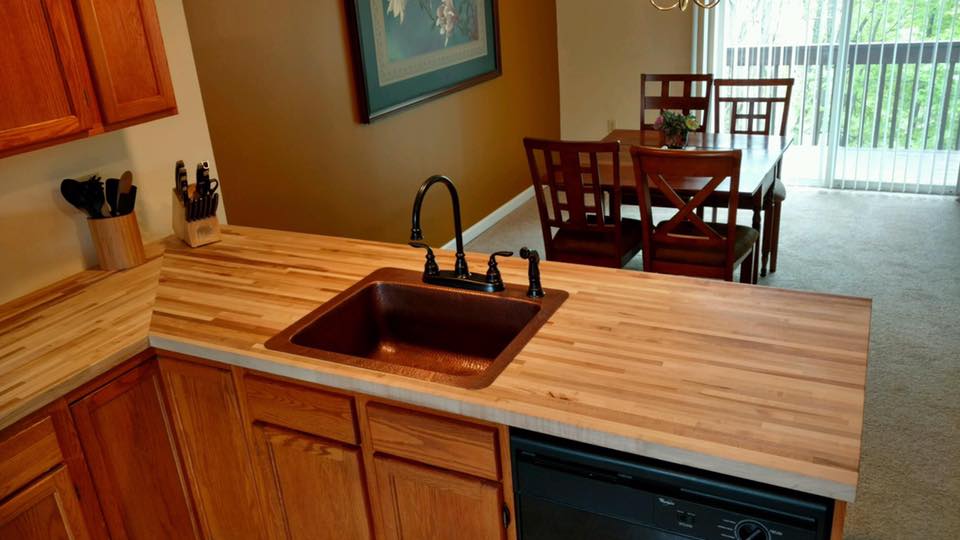
Tips to Remember for Everyday Care and Storage
- Do clean your butcher block using mild, soapy water. Wash the board thoroughly on both sides with a clean washcloth and a scrub brush to remove any excess food. Rinse and dry immediately. Make sure to get as much water off as possible with a clean, dry towel and then let the board air dry.
- Do not clean your cutting board by putting it in the dishwasher. The additional heat can lead to warping and cracking of your wood product.
- Never completely submerge or soak your butcher block in water.
- Do spray your butcher block with undiluted vinegar to remove any unhealthy residue. White vinegar has been shown to help naturally disinfect butcher block surfaces!
- Keep your butcher block cutting board away from extreme heat.
- Do not store your butcher block cutting board in the bottom tray of your oven or next to your cooktop.
- Do store your wood item in a cool, dry area to help maintain and prolong its maximum vibrancy.
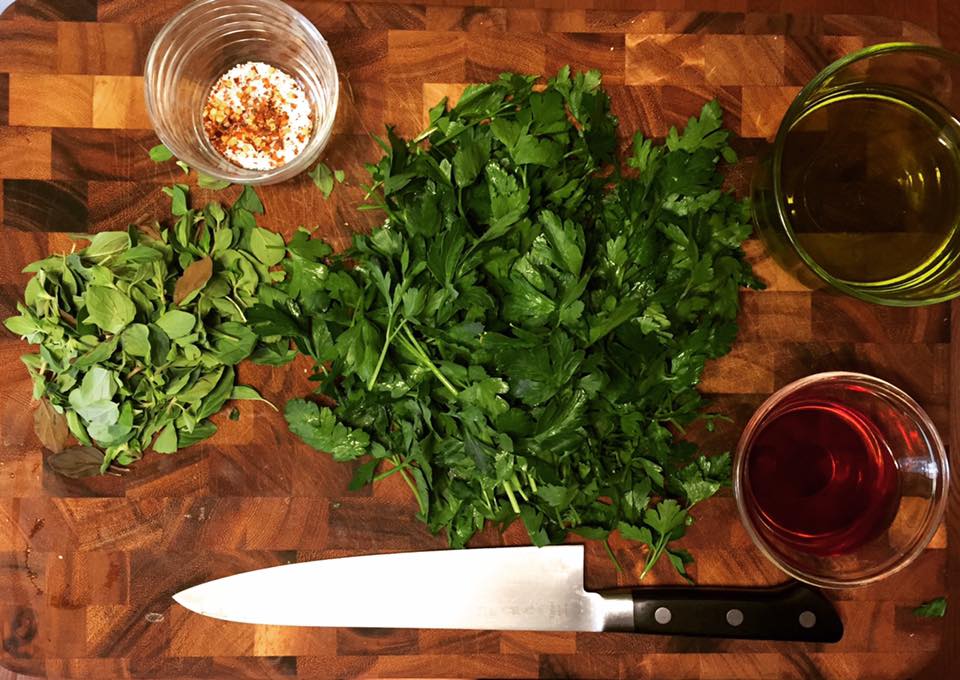
MAINTENANCE
Now that you know how to store and care for your new cutting board daily, Orrin has some additional tips for restoring your board so it always has that fresh, bright look! There are a number of companies that make butcher block oil but this method is inexpensive, simple, and effective. These treatments can be used with any type of wood: oak, walnut, cherry, etc.
For a Quick Refresh of your Cutting Board
What you will need:
- Food-safe Mineral Oil
- Clean, dry cloth
- Soapy water
Instructions:
- Start with a clean surface. Remove any food or dirt from the cutting board by using soapy water and the daily cleaning steps listed in Tips to Remember.
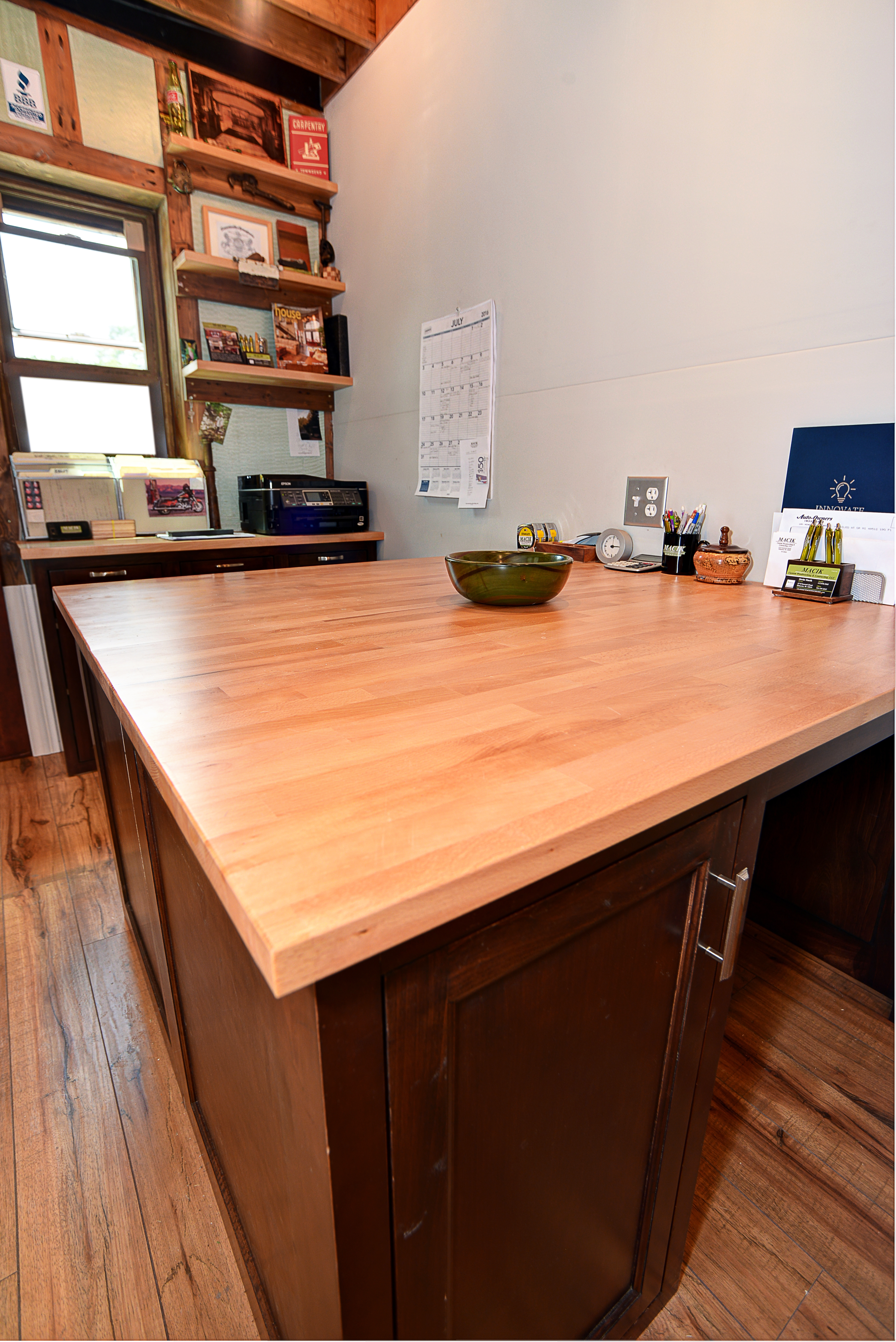
- Apply your first coat of mineral oil to the cutting board. Be sure to use mineral oil as vegetable or cooking oil will turn the wood rancid overtime.
- In this first application, you should liberally coat your cutting board with the oil making sure to get all the nooks and crannies of the butcher block. Even if it looks fine, treat the butcher block uniformly for the best possible refresh.
- Using small circular movements, evenly spread the oil using your clean cloth.
- Leave your cutting board to s
oak in the oil from10-30 minutes. - After allowing the first coat to soak into the board, apply a second, lighter coat of oil to your board. Be sure to wipe away most of the excess oil with a clean cloth.
- Enjoy your newly refreshed cutting board!
About 3-4 times a year, your cutting board will need a little more love than the Quick Refresh provides. In these cases, Orrin suggests treating your board with the steps listed below in the Thorough Treatment section!
For a Thorough Treatment of your Cutting Board
What you will need:
- Beeswax
- Food-safe mineral oil
- Clean, dry cloth
- (Optional) Sandpaper: 100, 150, and (optional) 180 or 220 grit.
- (Optional) Power sander
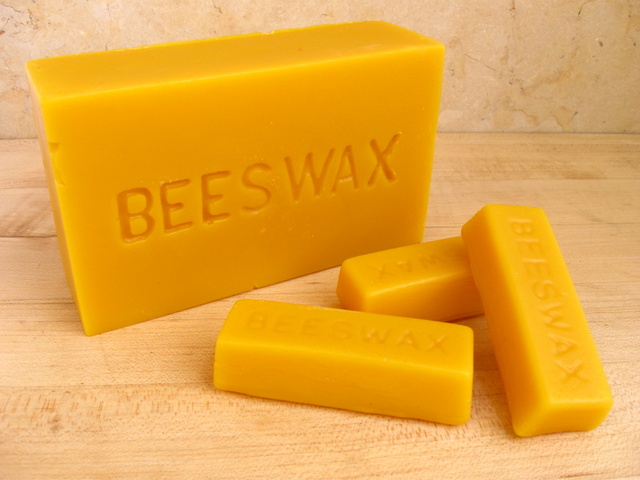

Instructions:
- (Optional) If your board appears too worn or is showing its age, you may need to sand it. Depending on size and damage levels, this can be done by hand or with a power sander. For larger or more severely damaged surfaces, Orrin recommends the power sander. If sanding by hand, be wary it may take some elbow grease to do the job correctly and thoroughly. Begin with 100 grit sandpaper and work your way up to 150 grit. For a finer, smoother finish, end with 180 or 220 grit.
- Melt the beeswax in a pot on your stove-top.
- Combine the melted beeswax with your mineral oil. The mixture should be roughly 1 part beeswax to 3 parts mineral oil.
- Apply your first coat of mineral oil to the cutting board. In this first application, you should liberally coat your cutting board with the oil making sure to get all the nooks and crannies of the butcher block. Even if it looks fine, treat the butcher block uniformly for the best possible refresh.
- Using small circular movements, evenly spread the oil using your clean cloth.
- Leave your cutting board to soak in the oil from 10-30 minutes.
- After allowing the first coat to soak into the board, apply a second, lighter coat of oil to your board. Be sure to wipe away most of the excess oil with a clean cloth.
- Enjoy your newly refreshed cutting board!
Following these steps will ensure a beautiful and safe butcher block surface!
STAINS
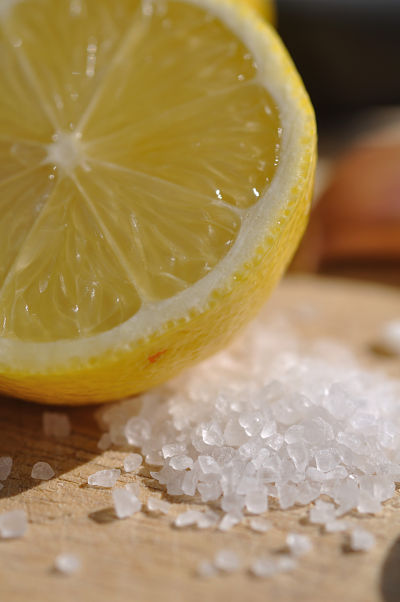 Depending on how you use your cutting board, stains may appear overtime. For some simple and organic stain and odor removal (such as garlic), you only need two ingredients you most likely already have in your kitchen: lemon and table salt! Start by sprinkling the table salt over the stained area. Next, slice the lemon in half applying the cut side thoroughly to the salted stain. Let this sit on the stain overnight or all day before cleaning it off with a damp sponge. Voila! Stain removed!
Depending on how you use your cutting board, stains may appear overtime. For some simple and organic stain and odor removal (such as garlic), you only need two ingredients you most likely already have in your kitchen: lemon and table salt! Start by sprinkling the table salt over the stained area. Next, slice the lemon in half applying the cut side thoroughly to the salted stain. Let this sit on the stain overnight or all day before cleaning it off with a damp sponge. Voila! Stain removed!
For a tougher stain, you may need to sand your butcher block. Start with a finer grit to see if that helps remove the stain before moving to a coarser grit.
Order a Butcher Block Today!
Macik CWC creates custom butcher clock counters and cutting boards from numerous species of wood. If you’re looking to make the switch from plastic to butcher block, or if you love your butcher block cutting board so much you want to make your whole counter out of butcher block, contact Macik CWC today!
